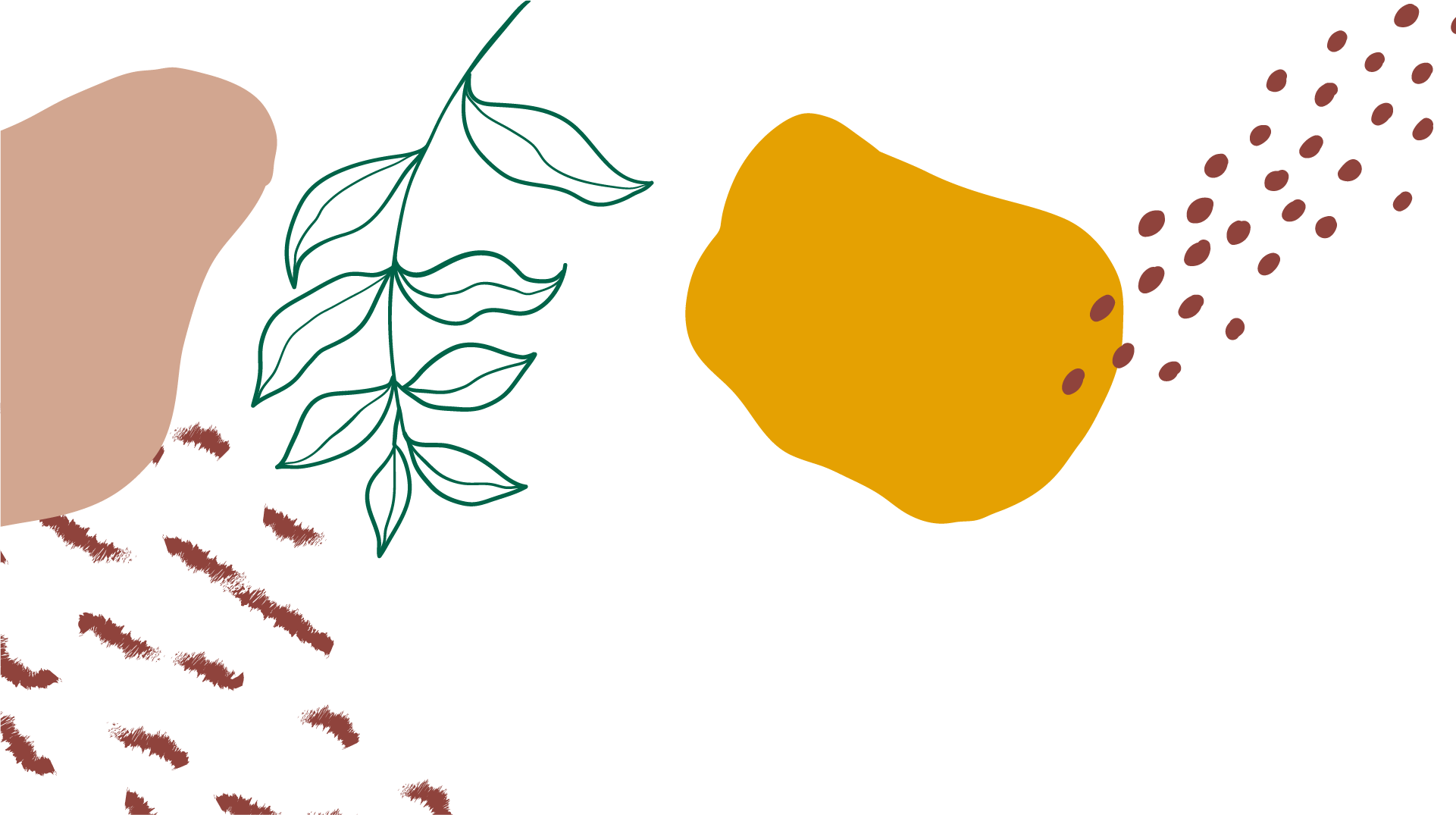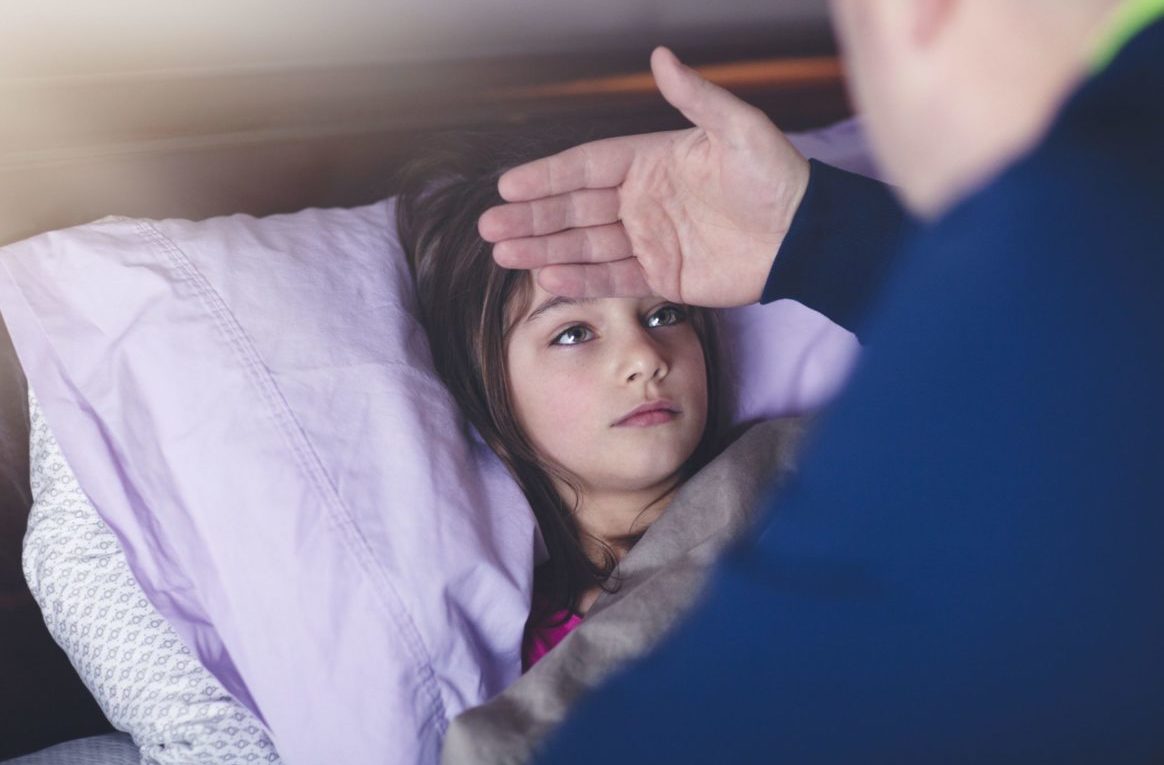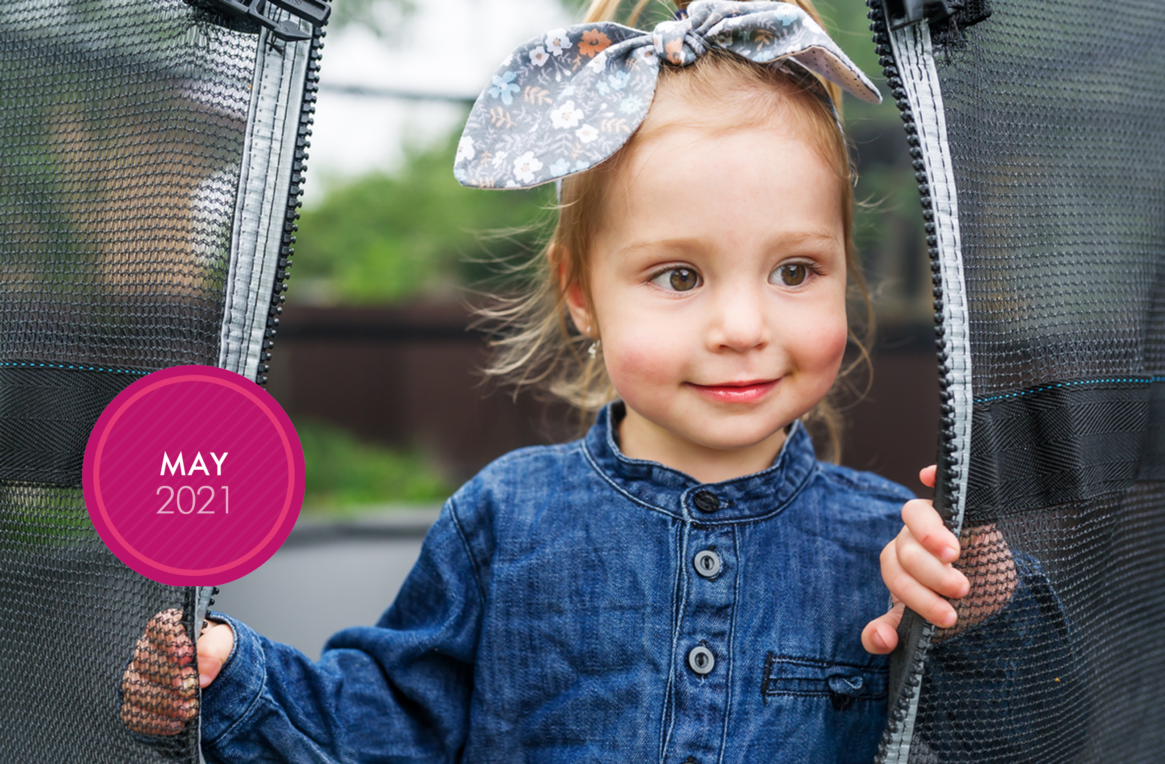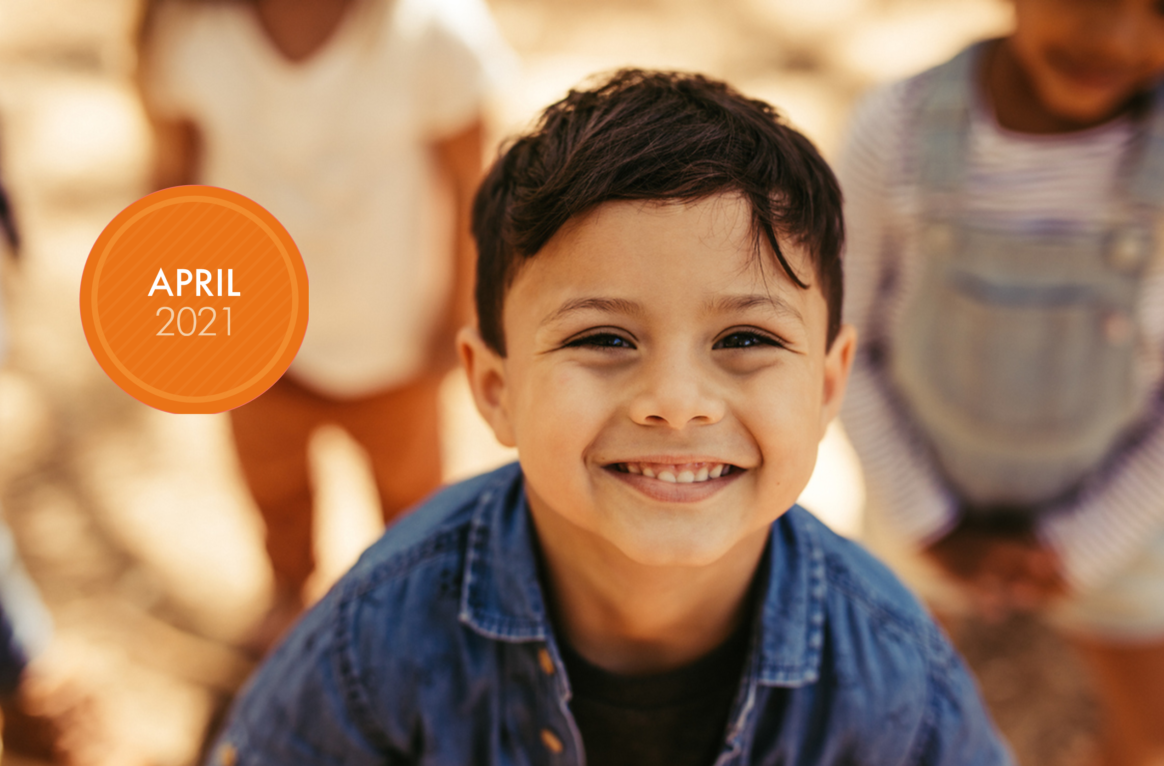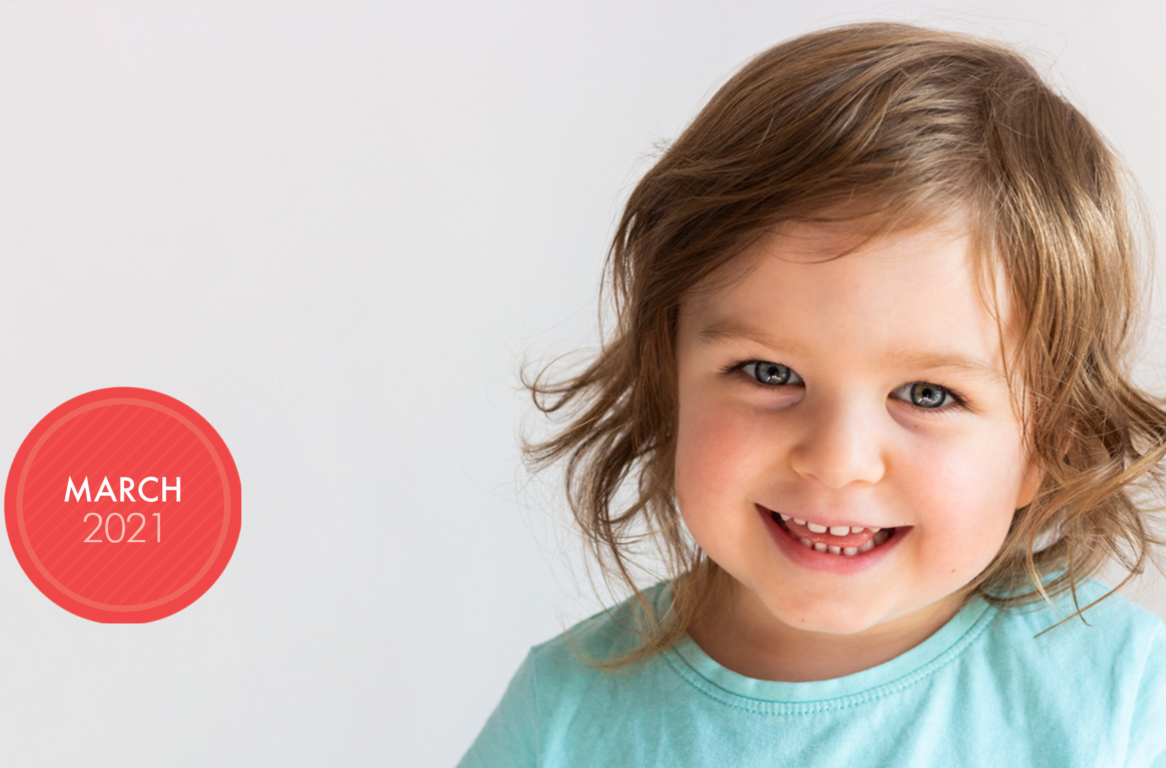
March 2021 Newsletter
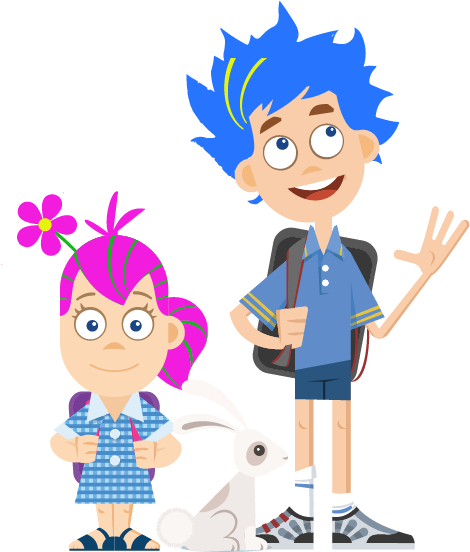
Crazy Hair Day
Ready to go crazy and raise awareness about cystic fibrosis? Crazy Hair Day is an annual fundraising event held in schools and childcare centres across Australia. For a gold coin donation we are encouraging children (and educators!) to wear their craziest hair at the centre on Friday 26th March 2021. For some fun crazy hair ideas visit: https://www.thetrendspotter.net/crazy-hair-day-ideas/

Cadbury Fundraiser: we’re selling Easter Goodies.
We’re about to kick off a fundraising drive to raise money for new outdoor equipment. It would be great if you could roll up your sleeves and help. The good news is that this fundraiser is super simple… and delicious.
Every box of Easter Goodies we sell will raise $30. So, we’re asking all families to sell at least one box for us. Feel free to grab another box if you have got lots of hungry buyers lined up! If you do take a box you must sell it within the week.
Please let us know if you would be interested in selling a box (or two…) by telling us in the centre.
What’s on around the country
Japanese Girls Day ——————————————— 3
Schools Clean Up Day —————————————– 5
Clean Up Australia Day ————————————— 7
Harmony Week ——————————————- 15-21
St Patricks Day ———————————————— 17
Ride 2 School Day ——————————————– 19
Day of Happiness ——————————————— 20
Day of Forests ————————————————- 21
World Poetry Day ——————————————– 21
World Water Day ——————————————– 22
Earth Hour —————————————————- 27
Neighbour Day ———————————————– 28
Holi Festival Of Colours ——————————– 28-29
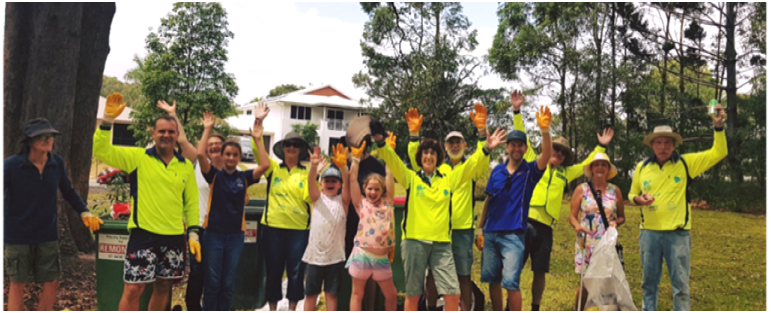
Community Events
CLEAN UP AUSTRALIA DAY – MARCH 7
Change starts with you. The key to success is stopping litter becoming rubbish. There are so many actions every one of us can take to help reduce the 8 million tonnes of plastic entering our oceans worldwide each year.
‘Step Up to Clean Up” participate in clean up Australia day and make a sustainable change in your daily life. Find a clean up event happening near you here.
EARTH HOUR – MARCH 27
Earth Hour has always been for everyone. Every year, the hour of no power turns individuals, schools, businesses and communities into a million-strong movement of people supporting nature through the symbolic action of switching off our lights. This earth hour, make the switch and show your support for a renewable energy future! Find out more.
Kids in the kitchen

SUPER CREAMY GREEN SMOOTHIE YOUR KIDS WILL LOVE
PREP 5 min | COOK 5 min | SERVES 4 small smoothies
Getting fruit and vegetables into our little ones especially the green kind is never easy! A delicious smoothie is a wonderful little trick to get them the extra health energy boost they need.
INGREDIENTS
- 1 banana, frozen
- 1 cup pineapple, frozen
- 1 cup baby spinach leaves
- 1 cheek mango, diced
- flesh of half an avocado
- handful of ice cubes
- 1 cup (250ml) filtered water
- 1 teaspoon vanilla bean paste (optional)
METHOD:
- Place all the ingredients into the jug of a blender. Blitz until creamy and smooth. Pour into glass and enjoy. x
- Makes 4 small smoothies
Recipe and Image from My Lovely Little Lunchbox
App Reviews
A few apps for the adults. Think clearer, feel better, smile more.



SUPER BETTER
SUPERBETTER, LLC | FREE
Resilience Training. Powered by the Science of Games.
Join nearly a million people who have played SuperBetter so far to build resilience, achieve goals, and tackle challenges including anxiety, depression, stress, chronic pain, concussion recovery and more.
PLAYFULLY BABY DEVELOPMENT APP
BABY ACTIVITIES AND & MILESTONES, PLAYFULLY | FREE
Get personalized, daily, real-world play ideas for you and your 0-3 year old, backed by advice from experts. Children learn best through play, taking a couple minutes to play every day builds a healthy family bond, sets your child up for long-term success, and creates meaningful memories for both you and your child.
HAPPIFY: FOR STRESS & WORRY
ACTIVITIES, GAMES & MEDITATION | HAPPIFY, INC. | FREE (IN APP PURCHASES)
Happify’s science-based activities and games can help you overcome negative thoughts, stress, and life’s challenges.
Our techniques are developed by leading scientists and experts who’ve been studying evidence-based interventions in the fields of positive psychology, mindfulness, and cognitive behavioural therapy for decades.
FOCUS: Types of Play As Your Child Grows
Children love to play because it’s fun—but it’s also vital to a child’s healthy development. In fact, during play, children learn and practice key social, cognitive, organisational, physical, and emotional skills, including creativity, imagination, and problem-solving. The benefits of play are progressive in nature, meaning that the skills kids develop during their fun and games build upon each other.
Seemingly simple activities like rolling a ball back and forth with a sibling or putting on a costume hone skills like learning to take turns, fine motor skills, proprioception (awareness of the body in space), and getting along with others. Influential sociologist Mildred Parten was an early advocate for the benefits of play. Her work described six essential types of play that kids take part in, depending on their age, mood, and social setting, and explained the ways that children learn and interact with each other during play.
Descriptions and typical ages that each stage of play emerge are included below. However, every child develops at their own pace and may engage in these types of play earlier or later. Plus, while these stages are progressive, they often occur simultaneously and stick around while new stages come about.
Unoccupied Play – Unoccupied play primarily occurs in infants, from birth to three months. This is the first stage of play, and to the untrained eye, likely doesn’t look like play at all. However, infant activity of observing their surroundings and/or displaying random movements with seemingly no objective is actually unoccupied play. Despite appearances, this definitely is play and sets the stage for future play exploration.
Solitary (Independent) Play – Solitary play is just what it sounds like—your child playing alone. This type of play is important because it teaches a child how to keep themself entertained, eventually setting the path to being self-sufficient. Toys for independent play can be anything that babies, toddlers, or pre-schoolers play can play with on their own, such as stuffed animals, blocks, toy figures, dress-up costumes, noisemakers, play ‘tools’, dolls, push toys, and books.
Onlooker Play – Onlooker play is when a child simply observes other children playing and doesn’t partake in the action. Your child may watch what you or other adults are doing as well. Onlooker play is typical for children between two and three years old and is especially common for younger children who are working on their developing vocabulary. Don’t dismiss the importance of this stage, which builds on the previous ones. It’s a healthy form of learning through play and part of your child’s play journey. It could be that the child feels tentative, needs to learn the rules, and/or maybe is the youngest and wants just to take a step back for a while
to watch before joining in play with others. Watching helps them gain confidence and learn the framework for future stages of play. During onlooker play, by observing and possibly mimicking the play of others, your child is building their own skills.
Parallel Play – Put two 3-year-olds in a room together and this is what you are likely to see: the two children having fun, playing side by side in their own little worlds. It doesn’t mean that they don’t like one another, they are just engaging in parallel play. This type of play begins around age two and differs from playing together in that neither child tries to influence the play of the other.
Associative Play – Slightly different from parallel play, associative play, which commonly begins between ages three or four, also features children playing separately from one another. But in this mode of play, they are involved with what the other is doing—think children building a city with blocks. As they build their individual buildings, they are talking to one another and engaging each other but primarily working on their own. Typically, this form of play phases out by age five.
Cooperative Play – Co-operative play is where all the stages come together and children truly start playing together. Typically occurring between four and five years of age, this is the predominant type of play seen in groups of older pre-schoolers on up or in younger pre-schoolers who have older siblings or have been around a lot of children. However, the earlier stages of play will still be used to varying degrees by these children at other times as well. Co-operative play uses all of the social skills your child has been working on and puts them into action.
Other Types of Play – While the above stages are important and vital to your child’s social development, there are other key types of play that also contribute to a child’s development. These kinds of play usually show up once a child begins to engage in cooperative play and include the following: Competitive Play, Constructive Play, Dramatic/ Fantasy Play, Physical Play and Symbolic Play.
Read the full article for greater explanations of each type of play by following the link here.
Rock, Amanda (2021). 11 Important Types of Play As Your Child Grows Retrieved from verywellfamily.com/types-of-play-2764587
Fun with Numeracy
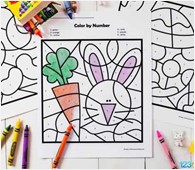
COLOUR BY NUMBERS
Colour by numbers is a fun activity that has many benefits for your child’s development. Children work on their number recognition skills when they match the number on the colour key. Assist your child by colouring the key first for them. Children also work on their fine motor skills and focus as the colour each area in the correct colour.
You can find many ‘Colour by number’ pintables online, but here are a few Easter ones you may like to try follow the link here.
Activity and Image Source: 123homeschool4me
HEALTH & SAFETY: The ‘tricky people’ lesson you need to teach your kids
For generations, kids have been taught stranger danger: the principle that all strangers can potentially be dangerous. But a certified child safety educator says stranger danger doesn’t work. In fact, it actually works against a parent. Safely Ever After founder Pattie Fitzgerald says 90% of sexual abuse or harm comes from someone the child knows, not a stranger. “Stranger danger doesn’t teach kids about that. Stranger danger is looking in the wrong direction here.”
Strangers can be confusing to kids Speaking to News Regional Media, Pattie says kids also have a different perception of what a stranger is. “If someone wants to offend against a child, they will often make themselves friendly or introduce themselves and then that child doesn’t think they are strangers. Kids also see their parents talking to strangers all the time. With learning stranger danger, when there is no danger perceived, kids don’t see that stranger as a threat which is why we need tricky people and why tricky people makes more sense.”
Learning to spot ‘tricky people’ Tricky people is Pattie’s philosophy; one she has been teaching to families all over the world for 15 years. “The main principle of tricky people is a tricky person can be someone you know or don’t know but it is someone who breaks a safety rule or asks you to do something that makes you feel uncomfortable.” But before we rush out and teach kids about tricky people, Pattie says it is important to teach kids safety rules first. “My whole philosophy it is a process. The first thing parents need to do is teach kids what is okay and not okay and anyone who breaks those rules is a tricky person. I call them thumbs up/thumbs down. Someone doing something thumbs down – breaking a safety rule – they’re a tricky person.”
Pattie recommends these 10 rules for kids:
- I am the boss of my body!
- I know my name, address and phone number and my parents’ names too (don’t forget: kids need to know their parents’ mobile phone numbers
- Safe grownups don’t ask kids for help (they go to other grown ups if they need assistance)
- I never go anywhere or take anything from someone I don’t know
- I must “check first” with my safe-smarts grown-up for permission before I go anywhere, change my plans, or get
into a car even if it’s with someone I know. If I can’t check first, then the answer is NO!
- Everybody’s bathing suit areas are private.
- I don’t have to be polite if someone makes me feel scared or uncomfortable. It’s okay to say no even to a grown-up if I have to
- I don’t keep secrets especially if they make me feel scared or uneasy (no adult should tell a child to keep a secret)
- If I ever get lost in a public place, I can freeze and yell or go to a mum with kids and ask for help
- I will always pay attention to my special inner voice, especially if I get an ‘uh-oh’ feeling.
Teach your kids to be boss of their bodies Pattie also has a list of tips for parents on her website here but says the most important things parents can teach their kids is that they are the boss of their bodies, there are no secrets and to always check first. “Teach kids at an early age that they the boss of their private parts. Do this using anatomically correct words, not cutesy names. Predators have said if a child says ‘that’s my penis’ it is harder to coerce them. “Also make sure your child knows there are to be no secrets from mum and dad and to check first if someone asks something of them. And teach kids what to do not what to do. Show them how to respond in a situation.” Pattie recommends doing this through role-play. “Show them what asking first or checking first looks like. Practice makes perfect. You have to remind them every time you go somewhere.”
While role playing is good, Pattie says if we’re really going to keep our kids safe from tricky people, it is up to us to pay attention. “Don’t let your kids run around unsupervised. And notice who is paying attention to your kids. Safe adults, especially ones who work with your kids, don’t look for extra alone time for your kids. My mother asking to take my daughter to the movies, that makes sense. A maths teacher asking to make my daughter to the movies doesn’t make sense.” Pattie has an extensive list of red flags for parents here. For parents looking for guidance on how to get the safety dialogue started with their kids, Pattie has written two books. You’ll find these on her website here.
Kidspot (2019). The ‘tricky people’ lesson you need to teach your kids retrieved from https://www.kidspot.com.au/health/family-health/safety/the-tricky-people-lesson-you-need-to-teach-your-kids/news-story/36dd4010c5f49a893948561e493f02fc
Sustainability corner
WHAT DOES WATER MEAN TO YOU?
22 March 2021 is World Water Day. This year the focus is
about what water means to people, its true value and how
we can better protect this vital resource.
Water means different things to different people. Start a conversation about what water means to you and your family. How is water important to your home and family life, your livelihood, your cultural practices, your wellbeing and your local environment?

As a family come up with a sentence and contribute to the global conversation using this hashtag #water2me
www.worldwaterday.org/learn
Play with Purpose

Literacy
“Literacy is the capacity, confidence and disposition to use language in all its forms. Literacy incorporates a range of modes of communication including music, movement, dance, storytelling, visual arts, media and drama, as well as talking, listening, viewing, reading and writing. Contemporary texts include electronic and print based media. In an increasingly technological world, the ability to critically analyse texts is a key component of literacy. Children benefit from opportunities to explore their world using technologies and to develop confidence in using digital media.”
Belonging, Being and Becoming, The Early Years Learning Framework for Australia
Experiences in early childhood settings build on the range of experiences with language, literacy and numeracy that children have within their families and communities.
Literacy education within an Early Years setting looks like: Conversations with peers and educators, sociodramatic play, reading a variety of books, singing and chanting rhymes, jingles and songs, creative arts, expressing feelings, using technology, pre-writing skills writing, play-dough and science experiments just to name a few.
If you would like more information on our Literacy program, please speak to your child’s room leader.
National Quality Framework | Quality Area 1:
Educational Program and Practice 1.1 The educational program enhances each child’s learning and development.
1.2 Educators facilitate and extend each child’s learning and development.
Australian Government Department of Education, Skills and Employment. (2009) Belonging, Being and Becoming: The Early Years Learning Framework for Australia.
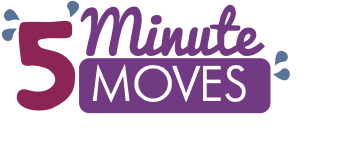
I’ll time you
Short simple activities to get some active minutes in the day.
Say to a child “I’ll time you” and it evokes a crazy competitive drive to beat that time over and over and over again! Why not join in?
It could be a run around the house. 10 jumps or skipping to a location. It doesn’t matter. Choose a movement activity and time one another completing the activity. See if you can beat one another! Of course, the real time doesn’t matter, have fun with it.

